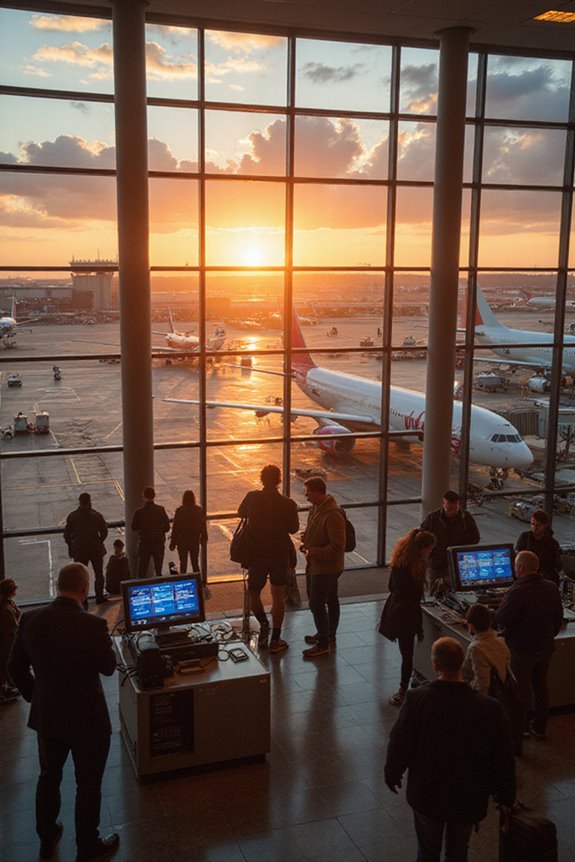Dynamic pricing’s a real game-changer in travel, right? It means prices can spike or drop like a rollercoaster based on demand and market trends. I remember trying to book a flight, only to see the price jump seconds later. Airlines, hotels, and Airbnbs all use this strategy. It can confuse us travelers, as we try to figure out when it’s best to buy. Stick around, and I’ll share more about how it all works and affects our wallets!
Key Takeaways
- Dynamic pricing adjusts travel costs in real-time based on demand, competing prices, and market conditions, leading to price fluctuations.
- Airlines and hotels frequently change their rates, especially during peak seasons or in response to local events, affecting overall travel expenses.
- Early booking generally results in lower fares, while last-minute travelers may face significantly higher prices due to dynamic pricing strategies.
- This pricing model enhances revenue for travel companies by optimizing inventory management and adapting to real-time market changes.
- However, dynamic pricing can create uncertainty for consumers, making pricing seem unpredictable and potentially less fair.
Definition of Dynamic Pricing
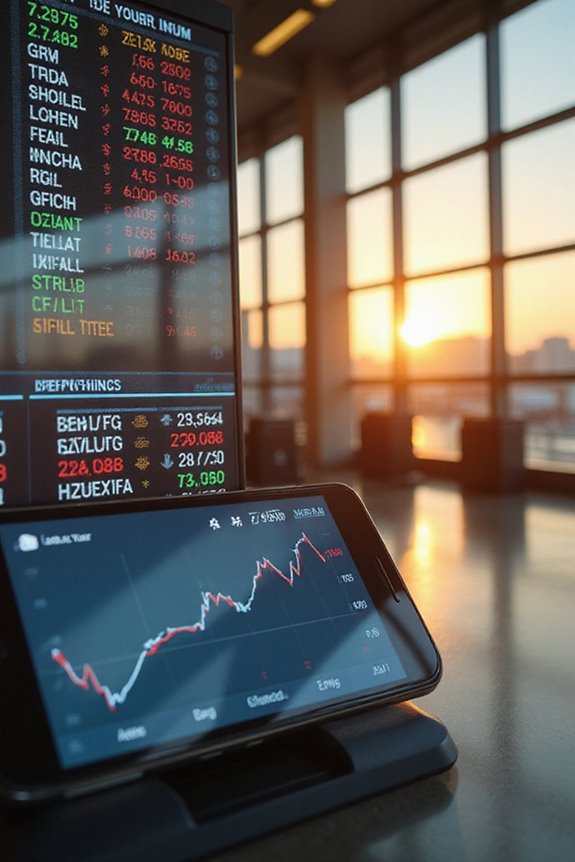
When you think about booking a flight or renting a car, have you ever noticed how prices seem to change faster than you can make a decision? It’s called dynamic pricing, a strategy where prices flex based on demand and market conditions, almost like a living, breathing thing. One moment, a flight’s $150, and next, it’s spiking up to $300—all due to price fluctuations. Businesses use algorithms to analyze factors like when you’re booking, inventory, and even what others are willing to pay. So, if you’re eyeing a popular weekend getaway, expect prices to soar during peak times. It’s a smart way for companies to maximize their revenue while keeping you on your toes! Who knew travel could be such a rollercoaster?
Applications of Dynamic Pricing in the Travel Industry
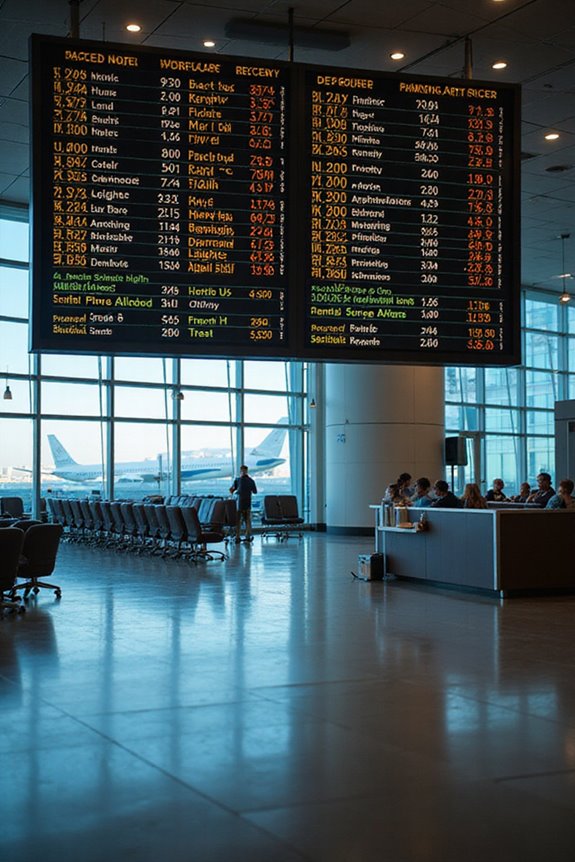
Dynamic pricing in the travel industry isn’t just a fancy buzzword; it’s the heartbeat of how many of us book our adventures today. Airlines have mastered this with fares shifting multiple times a day, thanks to fancy algorithms cranking out updates at lightning speed. I’ve seen hotel prices rise and fall depending on local events, and that’s where dynamic pricing trends really shine. Even short-term rentals like Airbnb use Smart Pricing to boost revenue—12%, can you believe that? It’s all about competitive pricing strategies that keep our options flexible. While I sometimes think, “Why is this so high?”, I’ll admit it keeps things interesting, and I can score a last-minute deal if I play it right!
Factors Influencing Dynamic Pricing

With so many moving parts swirling around in the travel industry, it’s kind of wild how various factors come into play when it comes to pricing. I mean, think about it: market fluctuations can totally change your ticket cost overnight! During peak seasons like holidays or summer breaks, prices skyrocket, while off-peak times often see them drop. It’s a bit of a dance, really—travel companies constantly monitor competitors’ pricing strategies, racing to adjust their fares. AI even jumps in, analyzing everything from booking trends to weather forecasts, making sure they’re on top. So whether it’s a surprise festival or just the time of year, these factors influence how much you pay, often in ways we don’t even notice!
Effects of Dynamic Pricing on Travel Costs
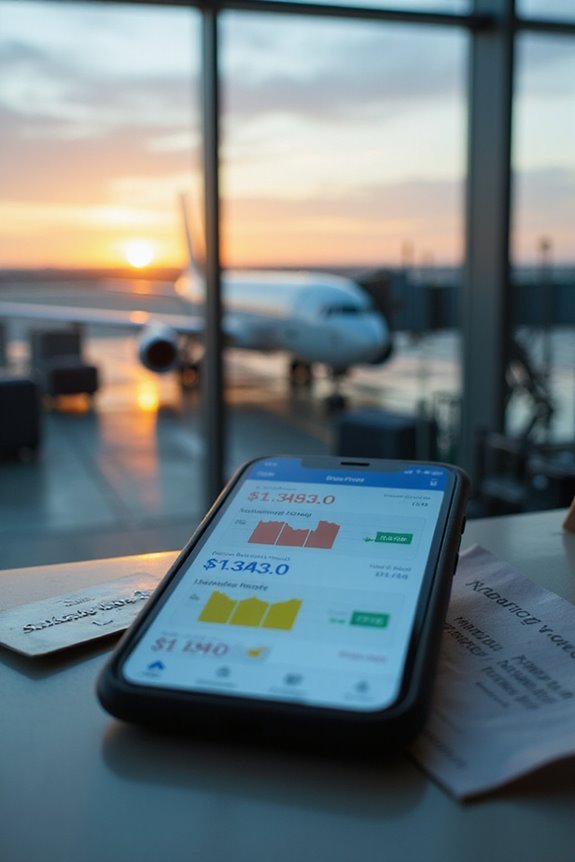
If you’ve ever watched plane tickets fluctuate like a stock market chart, you know how dynamic pricing can feel like a wild roller coaster ride. This pricing model has a funny way of impacting our wallets. Leisure travelers might snag lower fares if they book early, but last-minute business folks? They’re often left gripping their wallets as prices shoot up! While it seems to help overall consumer welfare by getting more people on flights, it feels a bit unfair for those needing flexibility. Just imagine trying to predict when a ticket will drop or spike! With so much volatility, booking uncertainty can stress anyone out—ultimately, it’s a mixed bag when it comes to pricing fairness.
Benefits for Travel Businesses
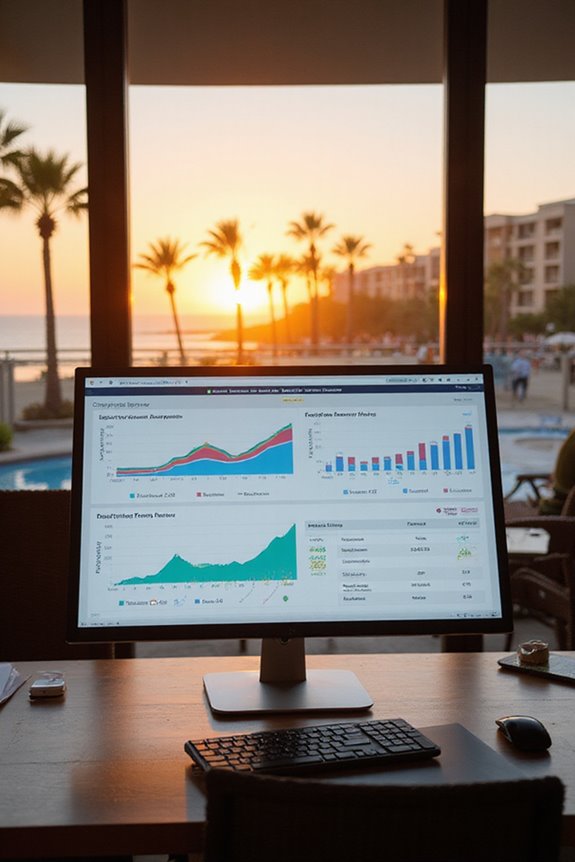
Travel can sometimes feel like a game of chance, especially when you’re watching those prices dance around like they’re at a wild party. For businesses, dynamic pricing has some serious perks. It’s all about revenue optimization; they can tweak prices based on real-time demand, capturing every penny during peak times. This helps dodge the pitfalls of underpricing during busy seasons, maximizing profits and boosting overall financial performance.
Plus, inventory management becomes a breeze. With smart pricing strategies, less inventory sits unsold, while businesses can manage resources more effectively, especially in a competitive market. Quick responses to competitor prices? Yes, please! Dynamic pricing offers flexibility, letting businesses stay relevant and even forge lasting customer loyalty with personalized offers. It’s a win-win!
Challenges Faced by Consumers
Steering through the world of dynamic pricing can feel a bit like stepping onto a roller coaster, full of unexpected twists and turns. I’ve faced my fair share of customer experiences that left me puzzled and frustrated. With prices shifting like the wind, I often wonder when’s the right time to buy tickets without getting ripped off. And let’s be real, it’s maddening when I see a fare I could’ve snagged a week ago skyrocket overnight! It’s tough not to question pricing fairness when it seems like some travelers pay so much less for the same flight. This unpredictability keeps me on edge, delaying my decisions, all while I anxiously await a deal that might never come.
The Role of Technology in Dynamic Pricing
While scrolling through countless flight deals, I can’t help but marvel at how technology seems to weave magic when it comes to dynamic pricing. It’s fascinating to think about how AI algorithms and data analytics work behind the scenes, tweaking prices based on real-time market trends. These advanced pricing models can adjust rates up to a million times a day! Imagine that! They analyze individual booking behaviors, like how much someone might pay, making offers more personalized and tempting. Plus, they adapt instantly to fluctuations, whether it’s peak travel seasons or special events. I love that technology not only provides competitive pricing but connects deeply with our habits, really turning travel planning into a tailored experience.
Consumer Reactions and Perceptions of Dynamic Pricing
Have you ever found yourself staring at a flight price that seems to change every time you refresh the page? It’s frustrating, right? Almost half of us think dynamic pricing is pretty unfair, especially for flights. I get it—one minute you’re thrilled about a deal, the next it’s gone! This uncertainty really messes with our sense of consumer fairness. Transparency in pricing would help bring some peace to this chaos. And while some folks don’t let dynamic pricing bug them, nearly 19% feel more likely to book if they think they’re getting a good deal. It’s a weird mix of emotions—stress for some, excitement for others. Understanding these factors could change how we tackle our travel plans!
Frequently Asked Questions
How Do Airlines Determine Optimal Dynamic Pricing Algorithms?
You know how searching for the best flights feels like a game? Airlines use algorithm optimization and pricing simulations to tweak fares based on demand, ensuring I find the most competitive ticket when I need it.
Can Dynamic Pricing Strategies Adjust for Loyal Customers?
Dynamic pricing strategies can indeed adjust for loyal customers by incorporating customer segmentation and offering loyalty discounts. These tailored approaches enhance customer retention while optimizing pricing based on individual loyalty status and preferences.
What Tools Assist Businesses in Implementing Dynamic Pricing?
Did you know businesses can process over 13 billion requests daily with real-time pricing software? By utilizing sophisticated algorithm development, they optimize dynamic pricing strategies to boost revenue and adapt to market changes effectively.
How Do Peak Demand Times Differ Across Regions?
I’ve noticed that peak seasons vary considerably across regions. For instance, while North America spikes during Thanksgiving, Asia-Pacific sees increases during local festivals. Understanding these regional variations can really enhance your travel planning experience.
Are There Legal Regulations Governing Dynamic Pricing Practices?
I’ve noticed that while there’re no federal laws explicitly covering dynamic pricing, its legal implications and ethics vary by state or region, focusing on consumer protection to guarantee pricing transparency and fairness in practices.

